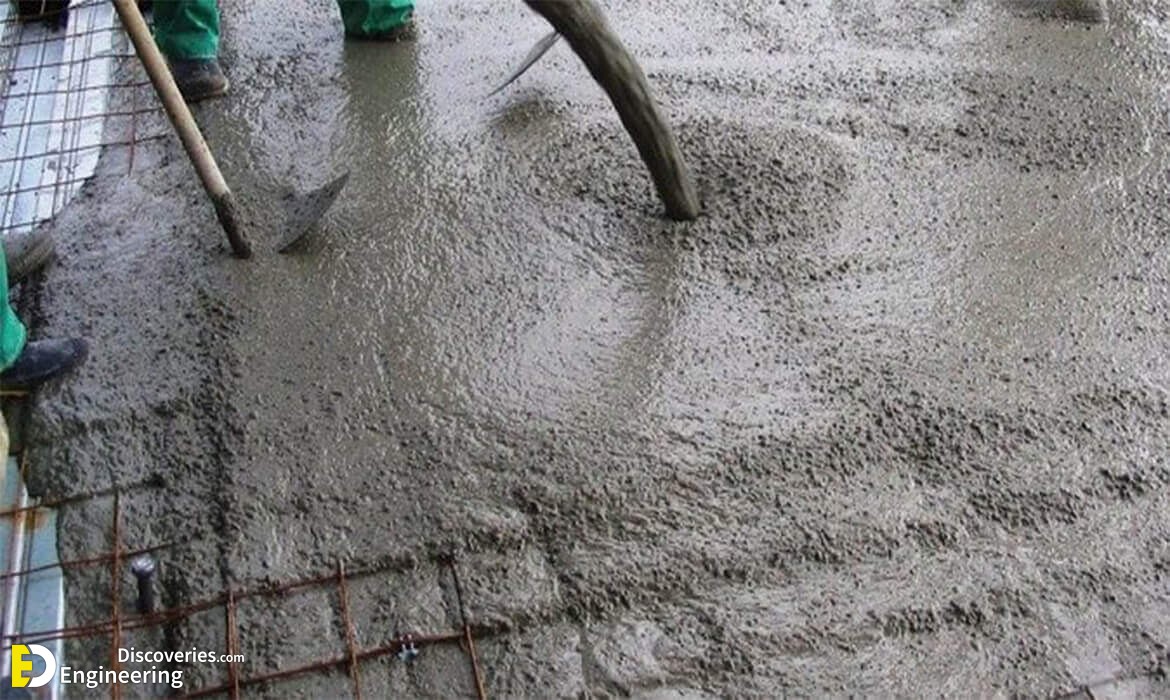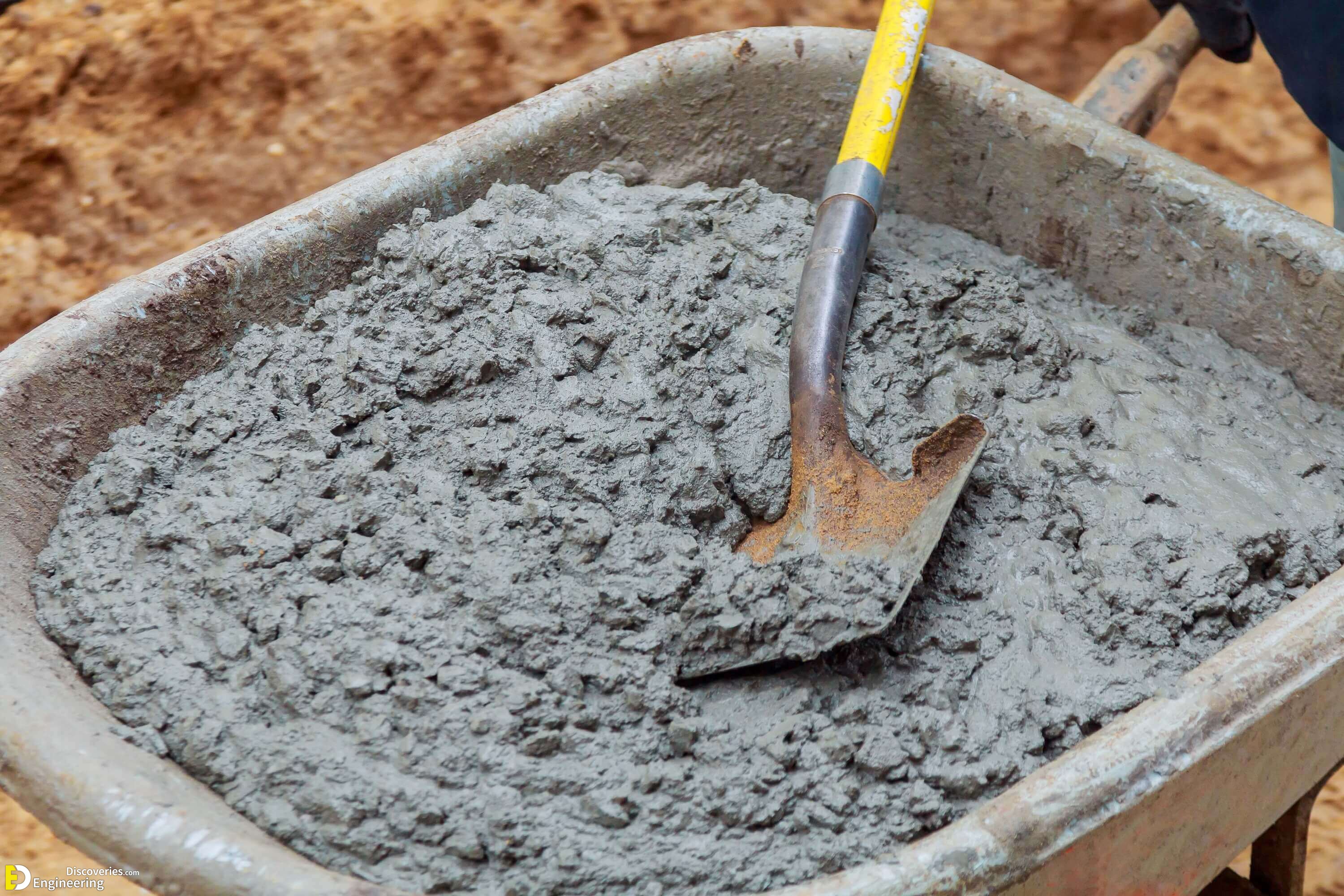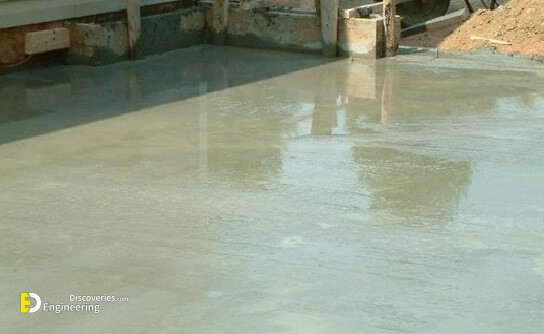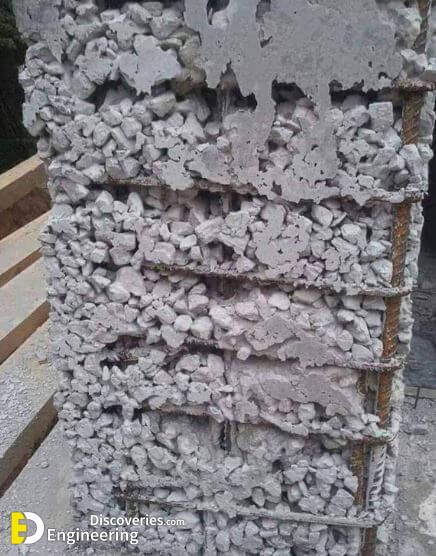The term fresh concrete means the wet mix of concrete ingredients before they begin to set. In other words, the plastic state of concrete isthe fresh concrete. Sometimes it’s called green concrete. Actually, When the wet mix of concrete ingredients begin to set but not fully set, it is called green concrete. And, when the concrete mix is fully set that is called hardened concrete.
Properties of fresh concrete
1- Setting of Concrete
The hardening of concrete before its hydration is known as setting of concrete. OR The hardening of concrete before it gains strength. OR The transition process of changing of concrete from plastic state to hardened state. Setting of concrete is based or related to the setting of cement paste. Thus cement properties greatly affect the setting time.
Factors affecting setting
Following are the factors that affect the setting of concrete.
1- Water Cement ratio
2- Suitable Temperature
3- Cement content
4- Type of Cement
5- Fineness of Cement
6- Relative Humidity
7- Admixtures
8- Type and amount of Aggregate
2- Workability of Concrete
The ability of fresh concrete to fill the various shaped form is called workability of concrete. Workability depends on the batching in fine elements, quantity of water, temperature, batching in cement and so on. High workability will cause segregation in concrete.
Factors affecting concrete workability
1- Water-Cement ratio
2- Amount and type of Aggregate
3- Amount and type of Cement
4- Weather conditions
A- Temperature
B- Wind
5- Chemical Admixtures
6- Sand to Aggregate ratio
3- Concrete Bleeding
Bleeding in concrete is sometimes referred as water gain. It is a particular form of segregation, in which some of the water from the concrete comes out to the surface of the concrete, being of the lowest specific gravity among all the ingredients of concrete. Bleeding is predominantly observed in a highly wet mix, badly proportioned and insufficiently mixed concrete. In thin members like roof slab or road slabs and when concrete is placed in sunny weather show excessive bleeding.
4- Segregation in concrete
Segregation can be defined as the separation of the constituent materials of concrete. A good concrete is one in which all the ingredients are properly distributed to make a homogeneous mixture. There are considerable differences in the sizes and specific gravities of the constituent ingredients of concrete. Therefore, it is natural that the materials show a tendency to fall apart.
5- Hydration
When cement comes in contact with water, a chemical reaction begins. This reaction is called hydration. If the mixing water dries out too rapidly before the cement has fully hydrated, the curing process will stop and the concrete will not harden to its intended strength. Hydration occurs more rapidly at higher air temperatures. Hydration itself also generates heat. This heat of hydration can be helpful during cold-weather construction but harmful during hot-weather construction. The chemical reaction between water and cement first forms a paste which must completely coat each aggregate particle during mixing. After some time, the paste begins to set and after a few hours it lost its plasticity entirely and becomes harden concrete.
6- Air Entrainment
Air entrainment reduces the density of concrete and consequently reduces the strength. Air entrainment is used to produce a number of effects in both the plastic and the hardened concrete. These include:
1- Resistance to freeze–thaw action in the hardened concrete.
2- Increased cohesion, reducing the tendency to bleed and segregation in the plastic concrete.
3- Compaction of low workability mixes including semi-dry concrete.
4- Stability of extruded concrete.
5- Cohesion and handling properties in bedding mortars.





